The Unsung Succulent Heroes: 7 Hesperaloe Varieties to Elevate Your Garden
While bold and vibrant succulents often steal the spotlight, let’s celebrate the unassuming charm of the Hesperaloe family. With their yucca-like appearance and drought-tolerant nature, these hardy plants may not boast flashy colors or intricate patterns, but they possess a quiet elegance that will gradually captivate you. From slender, grass-like foliage to delicate blooms, Hesperaloe varieties exude a simple yet striking presence. Don’t overlook these seven low-maintenance stars – they’re the unsung heroes of the succulent world, ready to add depth and resilience to your collection.
Contents
About Hesperaloe Succulents
Hesperaloe, also known as the “false yucca,” is a genus of flowering succulents that belong to the Asparagaceae family. These drought-tolerant plants are native to the arid regions of Texas and Mexico, thriving in hot and dry conditions. Hesperaloe plants feature long, narrow leaves arranged in a rosette pattern, resembling their aloe cousins. With their low-maintenance nature and ability to endure harsh environments, Hesperaloe succulents have become popular ornamental choices for xeriscaping.
Types of Hesperaloe Succulents
Hesperaloe campanulata
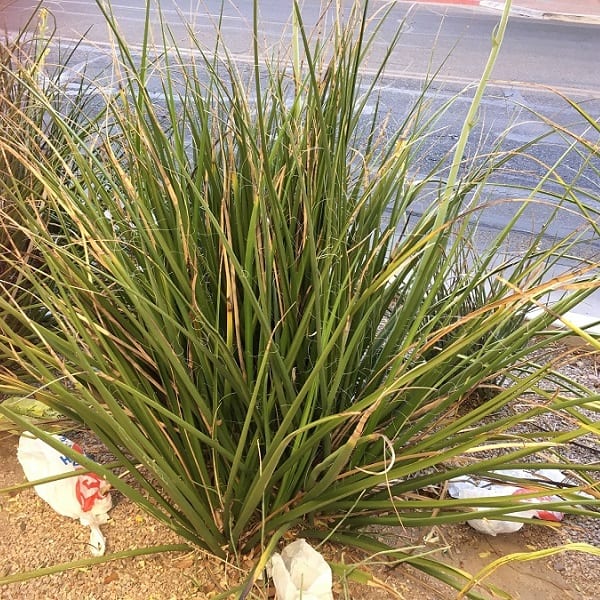
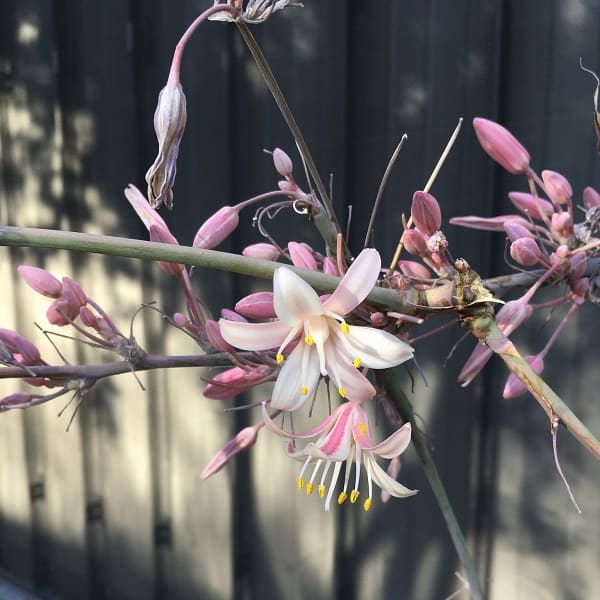
Hesperaloe chiangii
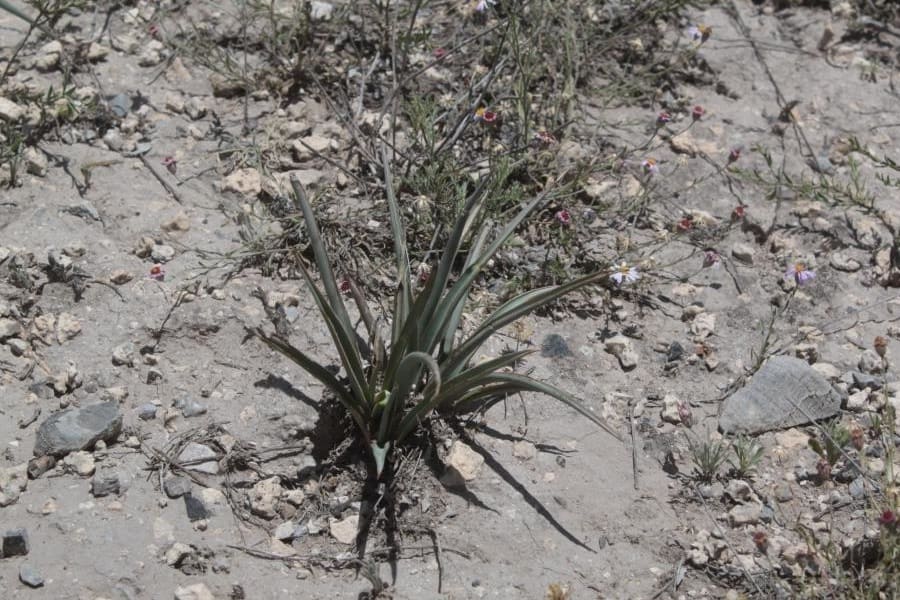
Hesperaloe engelmannii
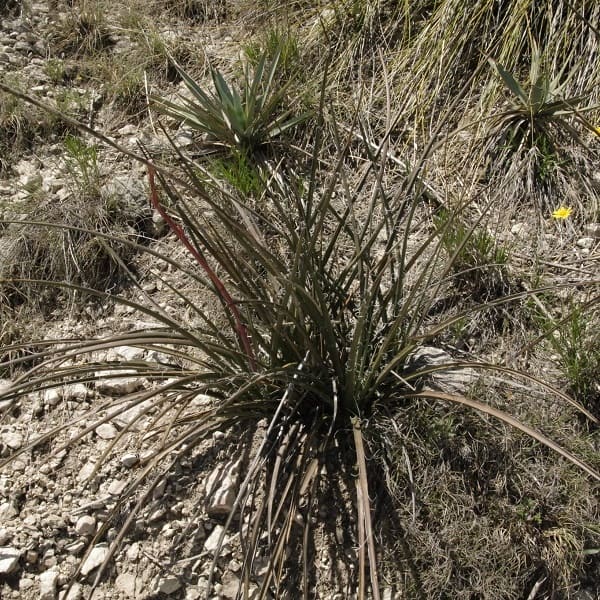
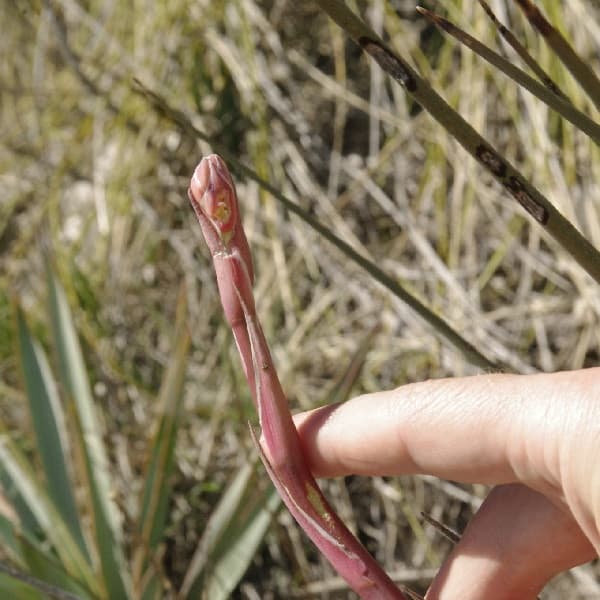
Hesperaloe funifera
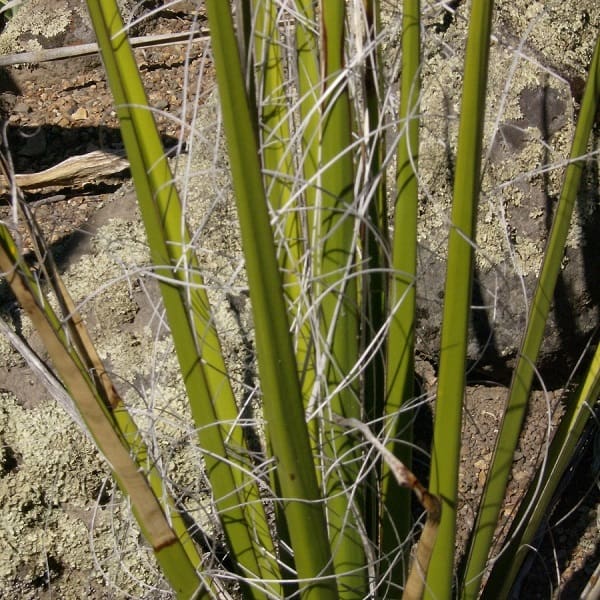
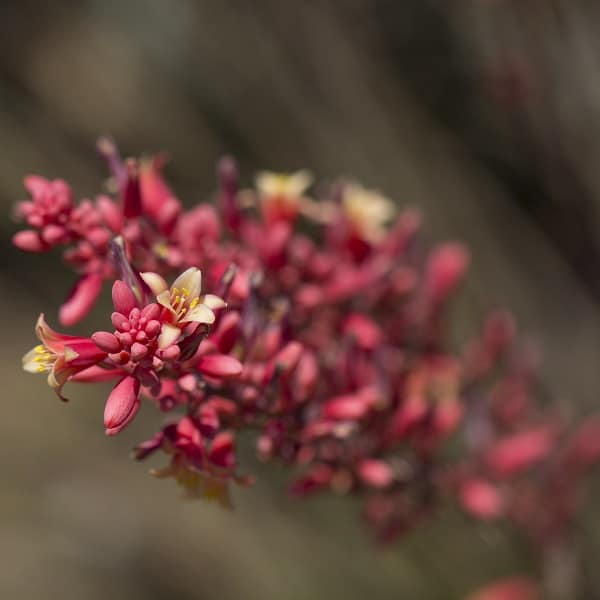
Hesperaloe malacophylla
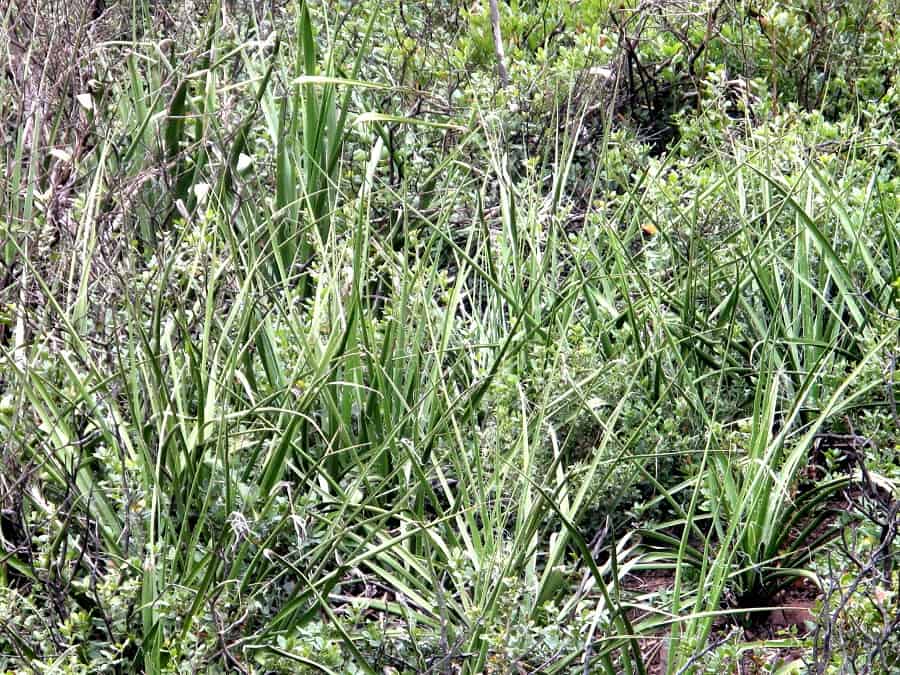
Hesperaloe nocturna
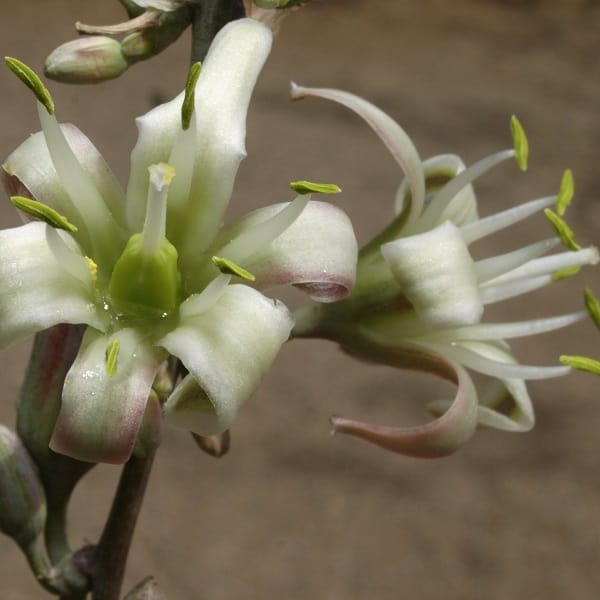
Hesperaloe parviflora
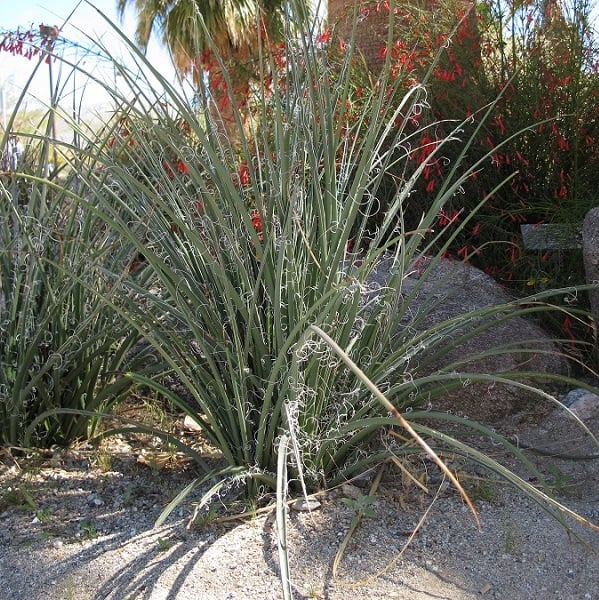

The Hesperaloe parviflora, or Red Yucca, is a true showstopper. This dense, clumping plant boasts slender, fountain-like, blue-green foliage that looks stunning all year round. During the summer months, it erupts into a fiery display of reddish-pink flowers that bloom almost continuously, adding a vibrant pop of color to your garden.
Related Post:
1,000 Types of Succulents With Pictures
How Do You Take Care of Hesperaloe?
Light
Hesperaloe plants crave plenty of sunlight to thrive. They can handle full sun exposure, but if you live in an area with intense summer heat, providing some afternoon shade can prevent sunburn. If you’re growing them indoors, supplement with a grow light to ensure they receive enough light.
Soil
Choose a well-draining succulent soil mix specifically formulated for cacti and succulents. Hesperaloe plants prefer a sandy, dry environment and won’t tolerate soggy conditions.
Water
These drought-tolerant beauties can go for extended periods without water. During the growing season (spring and summer), water them every 2-3 weeks, allowing the soil to dry out completely between waterings. In winter, reduce watering to once a month or less.
Fertilizer
Hesperaloe plants are relatively low-maintenance when it comes to fertilizing. During the growing season, you can feed them with a balanced, water-soluble succulent fertilizer every 4-6 weeks.
Temperature and Humidity
Hesperaloe plants can withstand a wide range of temperatures, from hot and dry summers to freezing winters (USDA Hardiness Zones 5-10). They prefer low humidity levels and dry air.
Pests and Problems
While generally resilient, Hesperaloe plants can be susceptible to common succulent pests like mealybugs and spider mites. Keep an eye out for signs of infestation and treat promptly with appropriate insecticidal soaps or horticultural oils.
Pruning
Hesperaloe plants don’t require frequent pruning. However, you can remove any dead or damaged leaves to maintain a neat appearance.
Potting and Repotting
Hesperaloe plants can be grown in containers or planted directly in the ground. If potting, choose a well-draining container with drainage holes. Repot every 2-3 years when the plant becomes rootbound.
How to Propagate Hesperaloe Plants
Hesperaloe plants can be easily propagated through division or seeds, allowing you to multiply your collection effortlessly.
Division (preferred method):
- Carefully dig around the base of the plant to expose the root system.
- Locate the offsets or smaller rosettes growing from the main clump.
- Use a sharp, clean knife or spade to separate the offsets from the parent plant, ensuring each offset has a portion of the root system.
- Replant the offsets in well-draining soil and water lightly.
- The best time for division is during the fall or winter dormancy period.
Seed Propagation:
- Collect seeds from mature Hesperaloe plants in late summer or fall.
- Sow the seeds in a well-draining seed-starting mix.
- Cover the seeds lightly with soil and keep the soil moist until germination occurs.
- Once seedlings emerge, ensure they receive adequate light and water sparingly.
- Transplant the seedlings into individual containers or their permanent outdoor location once they’re a few inches tall.
Frequently Asked Questions
How fast does Hesperaloe grow?
Hesperaloe has a slow to moderate growth rate, depending on temperature and water conditions.
What grows well with Hesperaloe?
Pair Hesperaloe with drought-tolerant companions like cacti, agave, sedum, and wildflowers that have similar water needs.
How do you get Hesperaloe to bloom?
Ensure Hesperaloe receives ample sunlight and protect emerging flower stalks from late frosts to encourage blooming from early summer through fall.

How do you divide Hesperaloe?
Divide Hesperaloe clumps in fall or winter by using a spade to separate offsets with roots from the parent plant, then replant separately.
Is Hesperaloe poisonous to dogs?
Yes, Hesperaloe contains saponins that are toxic to dogs if ingested, potentially causing vomiting. Keep dogs away and seek vet care if eaten.
